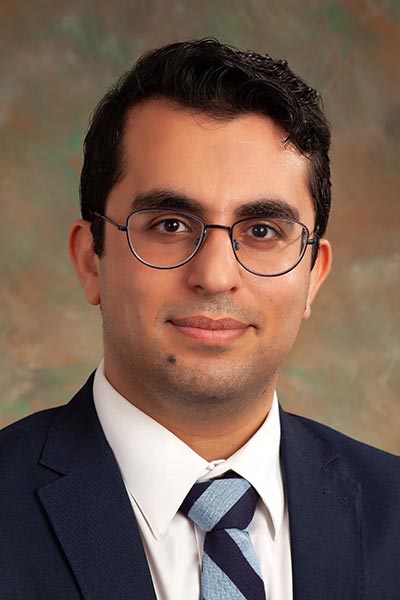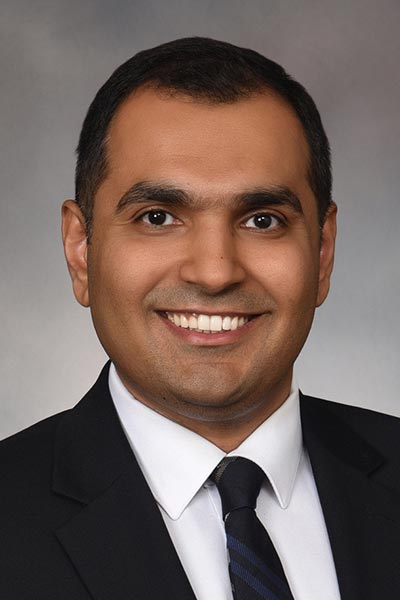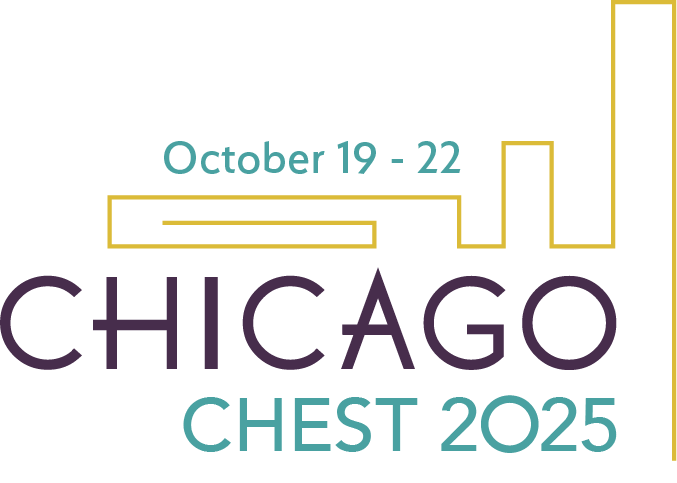
Pulmonary rehabilitation (PR), a structured program of supervised exercise, education, and self-management, is a cornerstone in the management of chronic lung diseases, which remain a major public health challenge in the United States.1,2 Participation is associated with fewer hospital readmissions, improved quality of life, and, when initiated soon following hospitalization, lower one-year mortality,3 while also being cost effective.1,3–5
Despite this, PR in the United States remains dramatically underused. Fewer than 5% of Medicare beneficiaries hospitalized with COPD enroll in PR, and more than half of US counties lack a hospital-based outpatient program.3,6 On average, there is about one certified PR program for every 43,000 people living with COPD.7 This stands in stark contrast to cardiac rehabilitation (CR), where thousands of programs are distributed nationwide and 20% to 30% of eligible patients participate.8

Decades ago, CR faced similar challenges: a high-burden disease, strong evidence of benefit, but low uptake. Over time, CR achieved broader acceptance through supportive policy, reliable reimbursement, and integration into discharge pathways. Today, while still not reaching all eligible patients, CR is a recognized standard of care with nearly 2,500 programs operating across the country.8 While PR and CR share many features, the takeaway is to not blindly replicate CR but rather learn from how that transition was achieved.
In recent years, PR has diversified. Home-based and virtual models, accelerated by the COVID-19 pandemic, have allowed new access points. When structured with live supervision, these approaches can achieve outcomes comparable to those of traditional programs without excess safety risks.9,10 But not all models are equivalent. Surveys of US programs highlight variability in exercise progression, outcome monitoring, and supervision, with some commercial platforms relying heavily on prerecorded content.11

Without consistent standards, expansion risks diluting the safety and effectiveness that define PR. Closing the gap in PR in the United States will require intentional planning rather than piecemeal growth. A realistic path forward might include:
- Expanding availability: Increasing program density through regional networks, linking hospitals with community clinics and federally qualified health centers, especially in rural areas.
- System integration: Referral to PR embedded in discharge pathways for COPD and other chronic lung diseases (just as referral to CR following a heart attack is routine).
- Reimbursement reform: Aligning payment with outcomes, through higher reimbursement, elimination of co-pays, and support for hybrid delivery, which would give hospitals and insurers reason to invest.
- Standards and safety: Establishing national benchmarks for supervision, exercise prescription, and outcomes assessment to protect quality as models diversify.
- Healthy lifestyle alignment: Linking PR with smoking cessation, nutrition counseling, and community wellness programs, making it part of a broader chronic disease strategy rather than a siloed service.
This vision does not presume a single pathway forward but rather acknowledges that if PR in the United States is to meet the scale of need, it must grow consistently, equitably, and sustainably, while taking the lessons from CR. The opportunity now is to close the gap so that PR becomes accessible to every person who could benefit.
References
1. Rochester CL, Vogiatzis I, Holland AE, et al. An official American Thoracic Society/European Respiratory Society policy statement: enhancing implementation, use, and delivery of pulmonary rehabilitation. Respir Care. 2021;66(5):749-758. doi:10.4187/respcare.08869
2. US Centers for Disease Control and Prevention. Leading Causes of Death, United States, 2023. CDC; 2023.
3. Lindenauer PK, Stefan MS, Pekow PS, et al. Association between initiation of pulmonary rehabilitation after hospitalization for COPD and 1-year survival among Medicare beneficiaries. JAMA. 2020;323(18):1813-1823. doi:10.1001/jama.2020.4437
4. Lamberton CE, Dine CJ, McCormick JP, et al. Pulmonary rehabilitation outcomes for patients with interstitial lung disease. Respir Care. 2024;69(3):326-334. doi:10.4187/respcare.11254
5. Mosher CL, Wilson ME, Walter JM, et al. Cost-effectiveness of pulmonary rehabilitation in chronic obstructive pulmonary disease. JAMA Netw Open. 2022;5(8):e2229945. doi:10.1001/jamanetworkopen.2022.29945
6. Moscovice IS, Lee S, Li J, et al. Availability of pulmonary rehabilitation in critical access and rural hospitals in the United States. Chest. 2019;155(5):896-905. doi:10.1016/j.chest.2018.12.019
7. Bhatt SP, Wells JM, Iyer AS, et al. Results of a Medicare pulmonary rehabilitation demonstration project: utilization and outcomes. JAMA Netw Open. 2019;2(5):e194187. doi:10.1001/jamanetworkopen.2019.4187
8. Ritchey MD, Maresh S, McNeely J, et al. Tracking cardiac rehabilitation participation and completion among Medicare beneficiaries to inform the efforts of a national initiative. MMWR Morb Mortal Wkly Rep. 2020;69(7):201-206. doi:10.15585/mmwr.mm6907a1
9. Holland AE, Hill CJ, Rasekaba T, et al. Telerehabilitation for people with chronic obstructive pulmonary disease: a randomized controlled equivalence trial. Eur Respir J. 2021;57(6):2003150. doi:10.1183/13993003.03150-2020
10. Cox NS, Dal Corso S, Hansen H, et al. Telerehabilitation for chronic respiratory disease. Cochrane Database Syst Rev. 2021;(1):CD013040. doi:10.1002/14651858.CD013040.pub2
11. Moy ML, Corn J, Kizziar A, et al. characteristics of virtual pulmonary rehabilitation programs in the United States: results from a national electronic survey. Ann Am Thorac Soc. 2025;22(8):1140-1146. doi:10.1513/AnnalsATS.202408-896OC
